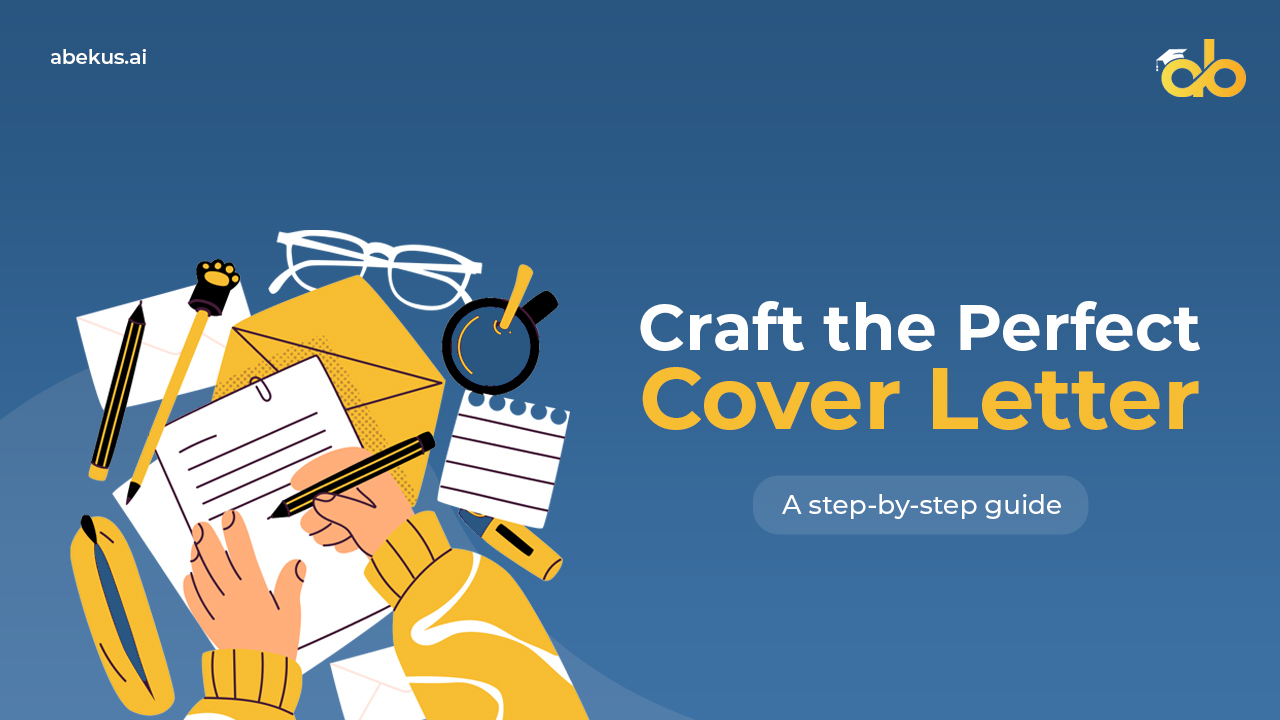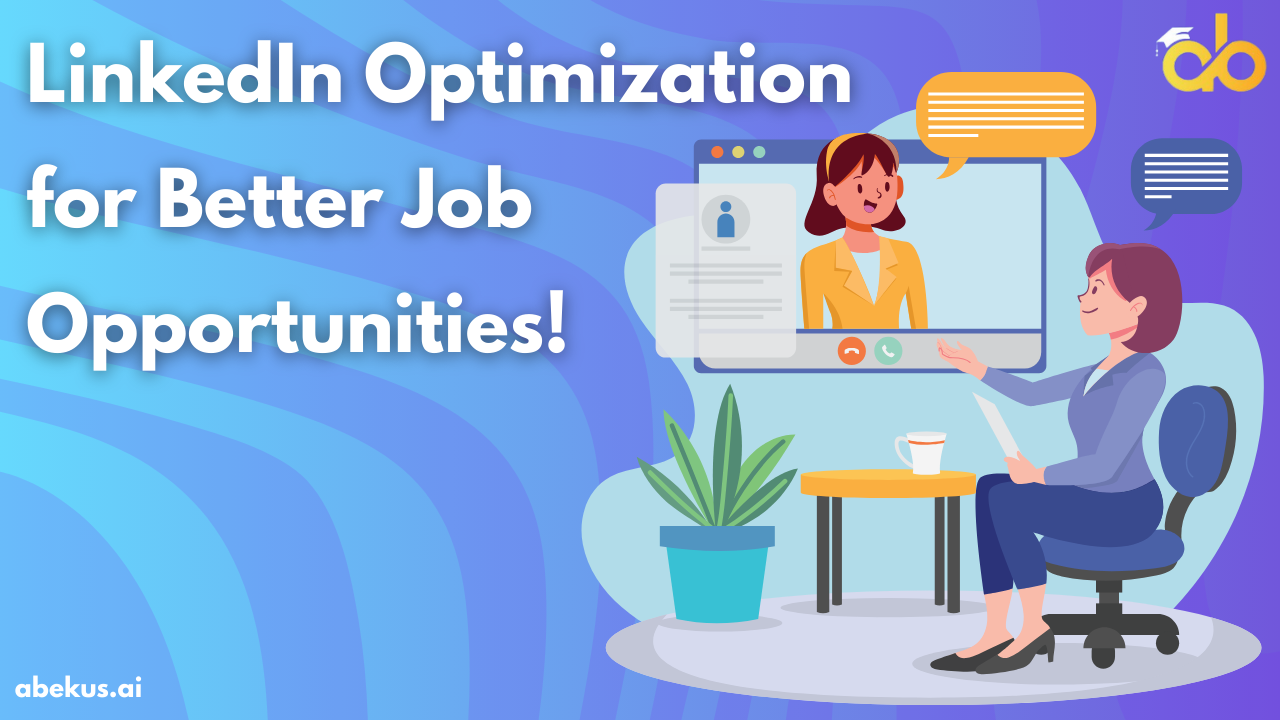Let’s be honest—writing a cover letter feels tedious. Most job seekers (including you) treat it as a formality, copy-pasting a generic template, tweaking a few details, and hitting send. The result? No callbacks. No interviews. Just wasted time and effort.
While your resume lists your skills and experience, your cover letter connects the dots, proving why you’re the perfect fit for the job, which makes it super-important.
If you’re tired of writing cover letters that go unnoticed, we’ve got you covered. This step-by-step guide will give you a foolproof way to craft a standout cover letter that grabs recruiters’ attention.
You’ll learn:
- What a cover letter is and why it matters
- The key elements of an effective cover letter
- Cover letter examples to write each element perfectly
Let’s dive in and make your cover letter work for you—not against you.
Cover Letter: Meaning and Purpose
The history of cover letters begins somewhere in the 1930s when the word ‘cover letter’ came into use. Then, a cover letter was referred to a document that a bank would attach to support some data and bring clarity to the overall picture. It used to state what was not visibly written in that data.
Fast-forward, the first use of a ‘cover letter’ for employment reasons came on September 23, 1956. It was a classified ad for ‘Dutch Boy Paints’ that asked people to send a cover letter along with a resume.
Where a Resume tells about your grades, qualifications, experience, etc., a cover letter answers the why. It connects the dots. Using a great cover letter, you can tell why you are the best fit for the spot.
Simply put, a well-written cover letter sets you apart by telling how you are different and valuable.
Understanding the Anatomy: The Cover Letter Format
A strong cover letter isn’t just a block of text—it follows a clear structure that makes your case compelling. Here’s what every impactful cover letter should include:
- Header with Contact Information
Your cover letter should start with your name, email, phone number, and LinkedIn profile (if applicable). Below that, include the recruiter’s or hiring manager’s name, company name, and address.
- Greeting That Feels Personal
Avoid generic openers like “To Whom It May Concern.” Instead, address the hiring manager by name (a quick LinkedIn search can help).
- Attention-Grabbing Opening Paragraph
Start strong by mentioning the job title you’re applying for and a compelling reason why you’re excited about the role. You can also include a quick achievement that makes you stand out.
- Body: Sell Yourself with Specifics
Use 1-2 paragraphs to highlight your most relevant skills and experiences. Don’t just repeat your resume—explain how your background aligns with the company’s needs. Use metrics or examples to prove your impact.
Here lies a trick: show your knowledge about the company by citing a recent project or achievement and relate this back to your own experiences or goals.
- Closing That Seals the Deal
Reaffirm your enthusiasm for the role and include a call to action. Something like:
“I’d love the opportunity to discuss how my skills align with your needs. Let’s set up a time to chat!”
- Professional Sign-Off
End with “Best regards,” or “Sincerely,” followed by your name.
Following this structure ensures your cover letter is clear, professional, and persuasive. Now, let’s break down exactly how to write each section for maximum impact.
Now, let’s learn how to make it more personalized and get the results you want from it.
Personalizing Your Cover Letter
A generic cover letter is the fastest way to get ignored. Hiring managers can spot a template from a mile away, and nothing signals “I don’t really care” more than a copy-pasted document.
If you want your cover letter to work, it needs to feel like it was written just for the job you’re applying to.
So, how do you make your cover letter stand out? You personalize it. Show the employer that you’re not just interested in any job, but their job.
AI-powered tools like Abekus.ai can analyze job descriptions and company insights to help you craft a more personalized, data-driven cover letter that resonates with recruiters.
Here’s how you can do it :
1. Research the Company
Before you even start writing, travel seas and mountains to understand the company.
There are a few things you can do:
- Visit their website,
- Read their mission statement,
- Check their latest news or projects.
What are their values? What challenges are they facing? What’s their company culture like?
The goal here is to gather insights that will allow you to frame your cover letter in a way that speaks directly to the company’s needs and vision.
✅ Example: A sentence like “I was particularly impressed by your recent sustainability initiative, and I’d love to contribute my skills in supply chain management to further that effort” can show that you’ve done your homework.
2. Align Your Skills with Their Needs
At this point, you know exactly what they’re looking for—so use that information to your advantage. Don’t waste the limited space by repeating what’s on your resume. Instead, highlight the specific skills and experiences that directly align with the job description.
For example, if a company is looking for a project manager with strong leadership skills, don’t just say, “I have leadership experience.”
✅Instead, demonstrate it:
“In my previous role, I led a cross-functional team of 10 members to complete a high-impact project three weeks ahead of schedule, improving operational efficiency by 20%.”
This approach makes it clear that you don’t just have the skills—they’ve been tested and proven in real situations.
Storytelling can be very useful here. It will convey the whole thing well and show your communication skills.
✅Pro Tip: You can refine your skills, take tests and get scores for your proficiency at Abekus.ai. You can even use these scores to demonstrate your efficiency and understanding of the subject in your cover letter.
3. Use the Hiring Manager’s Name
We have already discussed above how this small detail immediately makes your application feel more personal. But how can you find the name?
If the job posting doesn’t include a name, do a quick LinkedIn search or check the company’s website. If you still can’t find it, call the company’s HR department. Asking politely can sometimes do the trick.
If all else fails, opt for “Dear Hiring Manager” or “Dear [Department] Team” rather than the outdated “To Whom It May Concern.”
4. Show Genuine Enthusiasm
Hiring managers don’t just want someone who can do the job—they want someone who wants the job. Show that you are genuinely excited about their mission and work.
Instead of saying, “I am excited to apply for this position,”
✅Try:
“When I came across your job posting, I immediately resonated with your company’s commitment to innovation. As someone who thrives on solving complex problems through creative solutions, I knew this was the right place for me.”
Can you see the difference a bit of change can make?
5. Match the Company’s Tone
This one is more of a psychological trick. A cover letter should reflect the culture of the company you’re applying to. A professional tone with a corporate company and a conversational tone for a creative company.
✅ Compare these two openings:
For a corporate firm: “I am eager to bring my expertise in financial analysis and strategic planning to your dynamic team at [Company Name].”
For a startup or creative agency: “I love finding innovative ways to tackle challenges, which is why I was so excited to see an opening at [Company Name].”
✅Pro tip: Check the LinkedIn profile of hiring managers, read the content they write, like, and share, analyze that language, and try to resonate with that. Do the same with the company.
However, know that you don’t forget who you are in an attempt to match the company. After all, you are going to work for the company for a long period.
6. Avoid Overused Phrases and Clichés
The whole world can write cliches like “I’m a hardworking, results-driven professional” or “I believe I’m the perfect candidate for this role.” Don’t repeat this.
These statements are vague and don’t add value. Instead, be concrete. Back up your claims with concrete examples and specific achievements.
Here is an example: instead of saying “I work well under pressure,” demonstrate it:
✅“In my previous role, I successfully managed a product launch with a tight three-week deadline, coordinating across departments to ensure on-time delivery.”
This paints a clearer picture of your capabilities and makes your application more compelling.
✅ Pro tip: Don’t be overly formal or informal.
7. Personalize the visual aspect
Gone are the days when you’d write a cover letter like an actual letter on plain paper. Today, you can play with the visuals. Personalize the cover letter by aligning the graphics with that of the company you are applying for.
✅ Personalizing graphics means focusing on certain aspects such as:
- Color palette
- Font style
- White spacing
- Geometry and symmetry
✅ For example: If you are applying for Airbnb, try to keep your graphics resonating with that of the company, i.e., a mix of Rausch, Hof, Kazan, etc.
8. The P.S. Trick
Sometimes, the closing paragraph might not be the last thing hiring managers will read. A P.S. can add the final knot over the whole thing and make it more impactful. However, make sure you write it well after doing your research. A bland one can also backfire.
✅ Add a short, compelling postscript at the end of your cover letter. This can highlight a key achievement or leave the reader wanting to learn more.
Example:
“P.S. I’d love to share how I developed a customer retention strategy that boosted repeat sales by 35%—let’s discuss this in an interview!”
The Bottom Line
A great cover letter isn’t just a formality—it’s an exceptional tool that can tip the scales in your favor. The best way to excel at this is to personalize your approach. It is not about showing just your skills but about why they must hire you.
Try aligning your skills with the company’s needs and showcasing your value using storytelling. This is not as simple as it sounds, but it will surely turn your generic application into a compelling case for why you belong on their team. Small details, like addressing the hiring manager by name, mirroring the company’s tone, or adding a well-crafted P.S., can make a big difference.
At the end of the day, the goal is simple: to leave a lasting impression and these cover letter examples are going to amp up your game. A well-written cover letter won’t just get you noticed—it will get you one step closer to landing the job. So take the extra time, do the research, and make your cover letter work for you.















